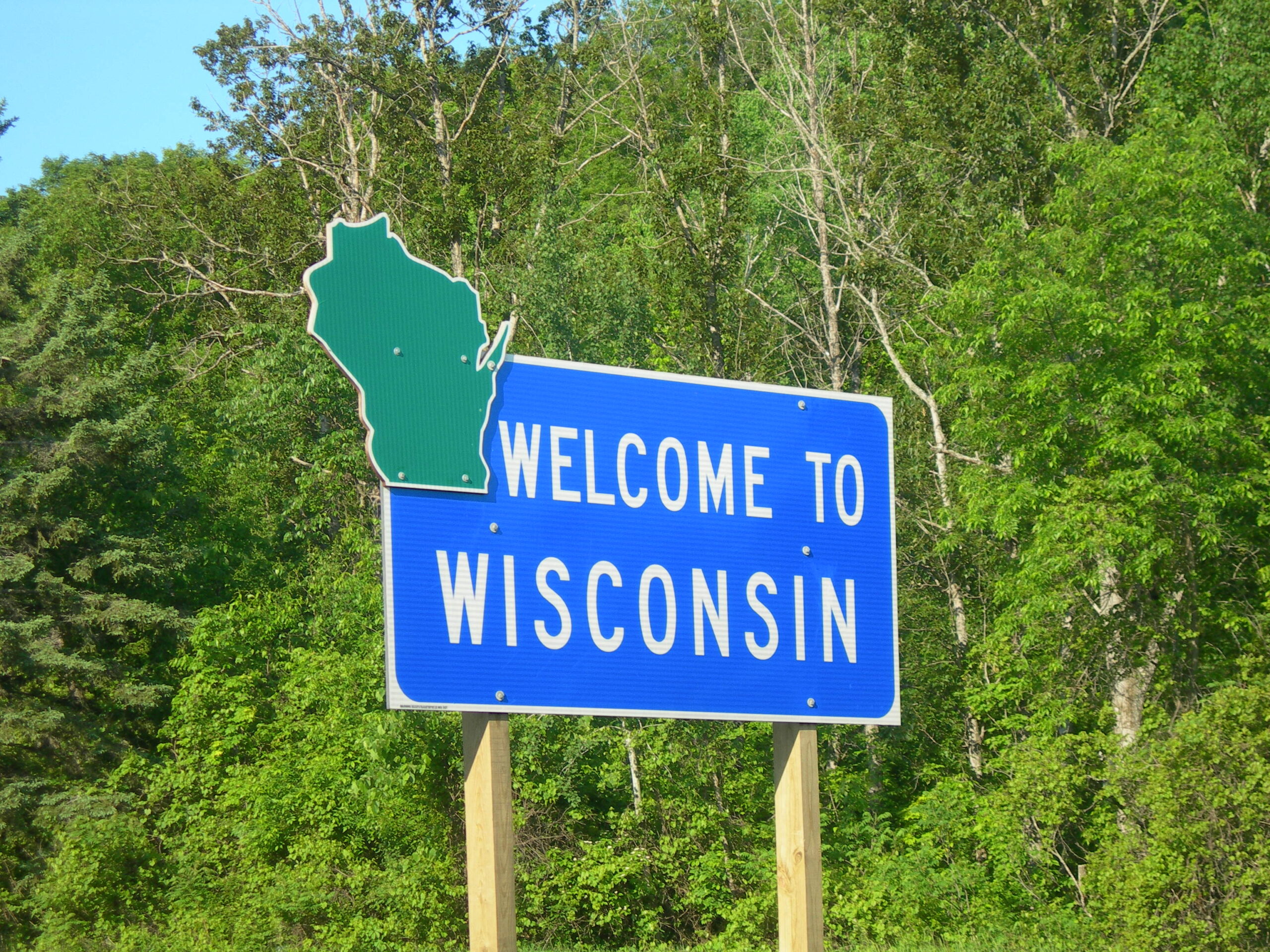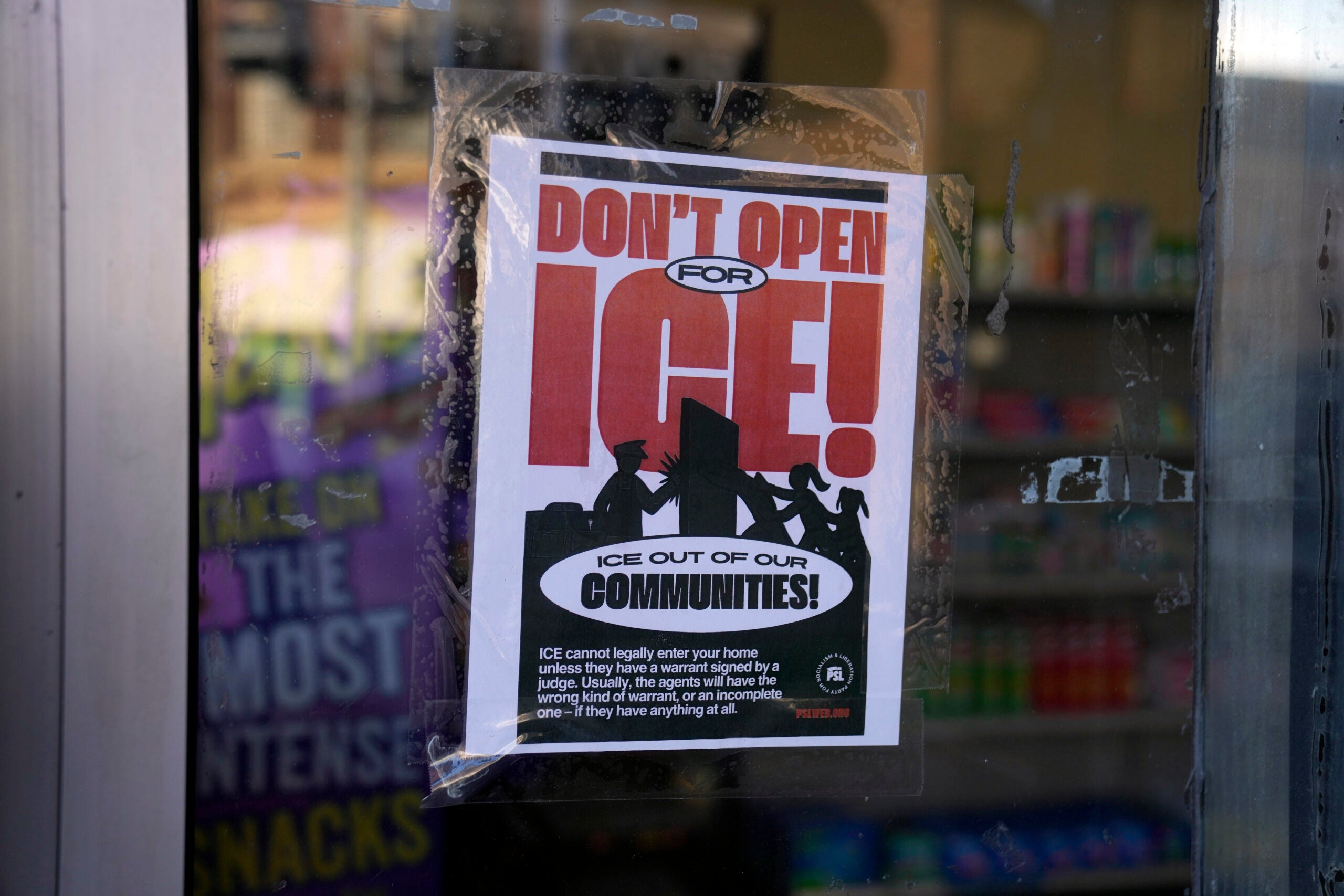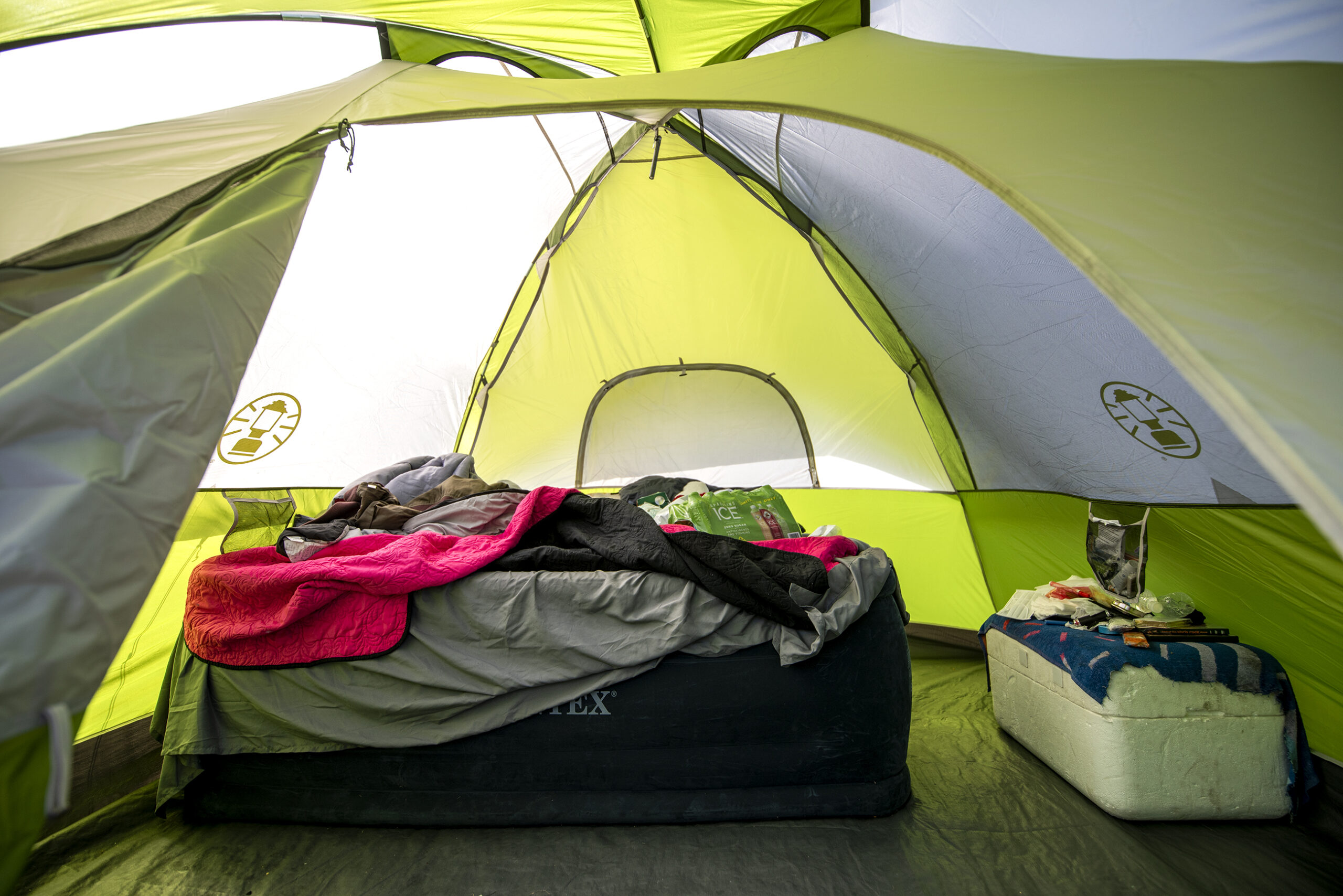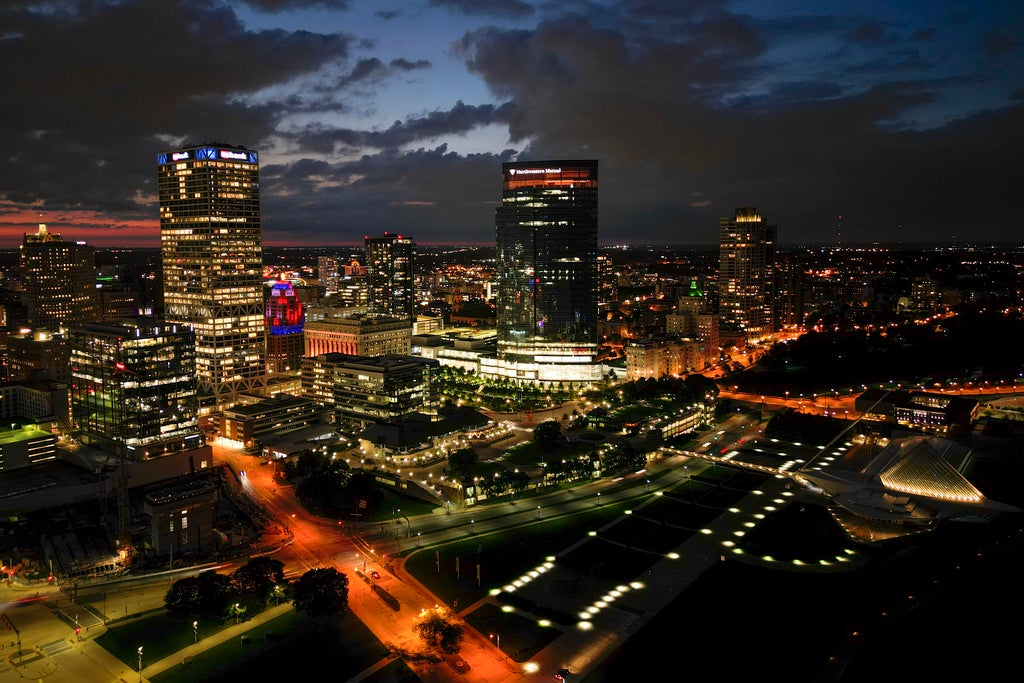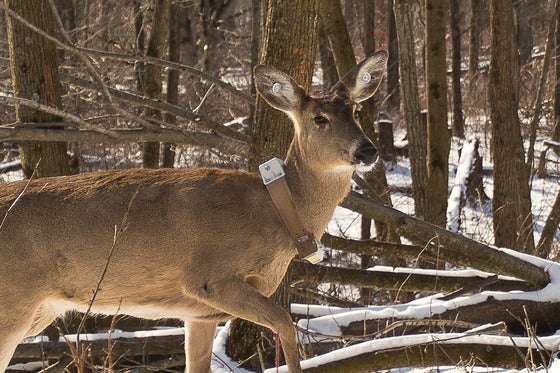Wisconsin’s population continues to grow, albeit slowly, according to new population estimates released today by the U.S. Census Bureau.
The state added more than 10,000 residents in 2016, for a net population gain of 0.2 percent.
Dane County and other small- to medium-sized metro areas are seeing most of that population growth, said David Egan-Robertson, applied demographer with the University of Wisconsin-Madison Applied Population Laboratory.
News with a little more humanity
WPR’s “Wisconsin Today” newsletter keeps you connected to the state you love without feeling overwhelmed. No paywall. No agenda. No corporate filter.
“It seems to be concentrated in Dane County,” Egan-Robertson said. “Brown County is growing well, Eau Claire County is growing quite well. These are what we call small metro counties — La Crosse County, for example, is growing. Growth is concentrated in counties where they serve a central city of at least 50,000 people or so.”
Dane County saw a net increase of more than 8,000 people last year.
Egan-Robertson said Dane County alone has seen nearly half of the state’s population growth since 2010.
Meanwhile, other areas are seeing declines.
The Census Bureau found Milwaukee County, which had a net decline of about 4,800 people, was one of the 10 American counties that saw the largest declines.
Egan-Robertson said some of that decline likely reflects movement of residents to suburbs in nearby Waukesha, Ozaukee and Washington counties.
He added many rural areas have been losing population in recent years.
“More than a third of the counties in the state are in a state of what we call natural decrease — deaths are exceeding births right now,” Egan-Robertson said. “In a lot of cases they’re also experiencing negative domestic migration, and in terms of international migration, those are concentrated in the metropolitan areas … Wisconsin is not, other than really those two big metro areas, they’re not a big receiving area for international migration. Counties in rural areas are really feeling quite a squeeze.”
Wisconsin and other states in the upper Midwest have lagged in population growth for decades, compared to the growth in western and southwestern states.
But population growth slowed even further after the Great Recession, staying below 1 percent a year in Wisconsin for the last few years, after a roughly 4 percent gain over the previous decade.
Iowa, Minnesota and Michigan also saw their populations grow by less than 1 percent last year.
Illinois, meanwhile, saw a population decrease of about 37,000 people, or 0.3 percent.
Wisconsin Public Radio, © Copyright 2025, Board of Regents of the University of Wisconsin System and Wisconsin Educational Communications Board.

